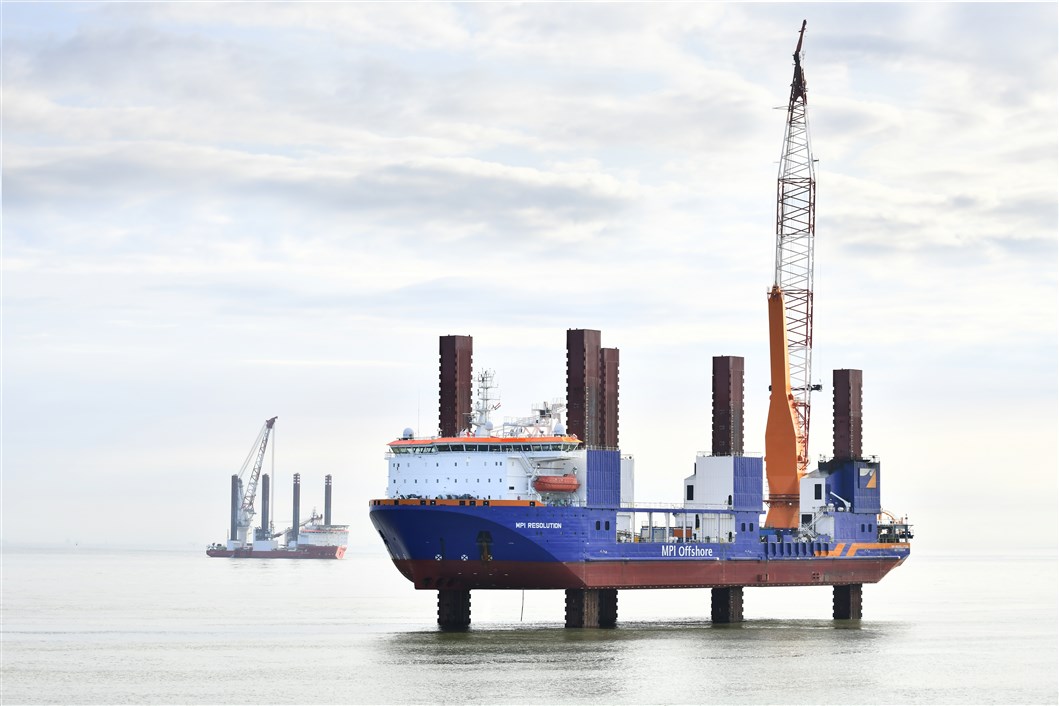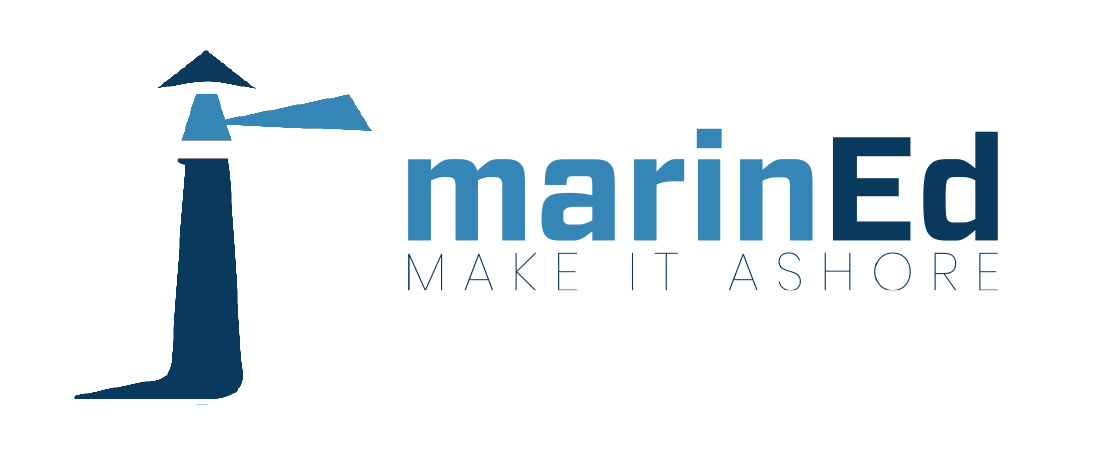
About this course
Instructor-led presentations delivered online, over 3 days (Tuesday, Wednesday, Friday from 09.30 - 15.00 Central European Summer Time (CEST))
This course provides comprehensive knowledge of Mobile Offshore Units’ (MOUs) design, inspection and maintenance. As an offshore or marine engineer, it is of the essence to have a clear understanding of the design, fabrication, inspection and maintenance requirements and techniques in the offshore industry.
Upon completion of this course, the participants will have a clear understanding of:
- the interrelation between MOU owners, classification societies, flag authorities, and shelf state authorities;
- surveillance principles and schemes, and how to optimise these for minimum downtime and interruption of operations;
- practical implications of statutory and shelf regulations and important issues related to rules and regulations;
- a practical understanding of the hull, topside, mooring and strength, considering stresses, corrosion and fatigue;
- requirements for MOU surveys;
- statutory survey requirements.
Who should participate?
- Offshore and marine engineers who wish to expand their knowledge particularly in the design, operation and inspection of MOUs
- University students (naval architecture, ocean, civil, petrol, mechanical engineering)
- Project engineers
- Operations and maintenance engineers and technicians
- Engineers from all disciplines who are new to the offshore industry
- Managers and executives in the offshore industry
Course Syllabus and Notes
Introduction to MOUs in operation introduces the legal framework for offshore inspections and surveys as well as the issuance of certificates. Distinctions are given between the requirements of the classification societies, coastal regimes, and the requirements of flag states. An overview of the operational aspects of all offshore unit types is given.
FPSO structural details/descriptions/inspections focuses on structural details, descriptions and inspections of FPSO vessels from the design phase to the operation phase. Design criteria, assessment principles, design loads, structural categorization, material selection, fabrication details and inspection overview are covered in detail.
Drill-ship structural details/descriptions/inspections covers basic design concepts of a drillship’s hull and differences between standard ship design and offshore design and how to implement the CLASS standards for hull and topside interface design. The module considers the selection of materials, inspection principles, structural categorization, hull strength, design loads, hull/topside interface, and operational aspects.
Semi-submersibles structural details/descriptions/inspections covers structural details, descriptions and inspections of semi-submersibles from the design phase to the operation phase. Structural key components, design loads, materials, strength, air-gap, corrosion, fatigue and special considerations are covered in detail. Attention is also given to identifying critical members and the scope of the In-Service Inspection Program (IIP).
Jack-up structural details/descriptions/inspections looks at basic strength considerations, hull, legs, spud cans. Ultimate strength and overturning stability. Structural categorization and selection of materials such as structural categories, steel grades, strength of jacking system and structural inspection areas with survey considerations.
In-service inspection program (IIP), reporting and surveyor’s roles in MOU operation Offshore class requires MOUs to have an In-Service Inspection Program (IIP). This is not common in ships but may be compared with Hull Integrity Management. The IIP defines survey requirements for structural areas based on criticality of the structure and experience from similar design. The Module therefore provides a comprehensive examination on the roles for rig responsible, rig coordinator, surveyor, survey schedule, bottom survey, In-Service Inspection Program (IIP), and Non Destructive Examination (NDE) extent.
Survey for mooring systems and hull equipment aims to allow the participants to understand key design and inspection procedures and considerations for mooring, mooring line components, mooring system design, turret structures, swivels and fluid transfers systems and risers.
Statutory and shelf state requirements related to MOUs Offshore projects are governed by several rules and regulations, which are more complex than for a traditional ship project where class and flag are the norm. This part of the course provides a comprehensive overview of national legislation (coastal state), flag state regulations, class rules, international conventions and highlights how these are related.
In MOU fabrication/inspections and improvement of structural details “Experience Feedback”, the instructor provides an overview of damages and repair methods for offshore hull structures and equipment. The quality of hull inspections and the capacity for structural defects are critically evaluated – We consider typical cracks in offshore structures and ways to modify and improve the design. Pipe penetrations and installations. Offshore fabrication tolerances in accordance with Offshore Standard DNV-OS-C401 Fabrication and Testing of Offshore Structures. What went wrong in ship and offshore structural details?
Risk-based inspection (RBI) for MOUs is a part of the overall Asset Integrity Management (AIM) in offshore structures. Helping to prepare the inspection plan in combination with a Class generic approach.
We look at how it aims to optimise the inspection effort by applying more resources where risks are high and less resources where risks are low. We also look at the benefits offered by the RBI, such as providing a rational basis for inspection plans and efficient tools for updating those plans.
The ultimate goal of this part of the course, coupled with a more generic approach to asset integrity management, is to verify the integrity of the facility and its fitness for service.
The construction and equipment of mobile offshore drilling units (MODU) code focuses on the updates of the latest offshore codes and standards and their effect on new buildings as well as offshore unit-in-operation.
This part of the course provides an overview of the requirements of mobile offshore drilling unit (MODU) code where the unit is a vessel capable of engaging in drilling operations for the exploration for, or exploitation of resources beneath the seabed such as liquid or gaseous hydrocarbons, Sulphur, or salt.
Summary and Final Exam (around 1 hour)
The multiple choice final exam tests the learners’ understanding of the main principles covered in the course.
Frequently Asked Questions
Course Leader
Dr. Ozgur Ozguc studied naval architecture and marine engineering at the Technical University of Istanbul in Turkey in 2002. He received his Ph.D. degree on the hull girder ultimate strength and fracture toughness of damaged marine structures from the University of Glasgow in the UK in 2006.
He spent 15 years overseas where he gained a lot of experience in design, building and repair of offshore structures and ocean going vessels. He worked as a team leader, project manager and lead structural engineer at INPEX E&P South Korea and Australia, TOTAL E&P UK, Det Norske Veritas Norway and Singapore and Bureau Veritas.
Dr. Ozguc has worked on many different offshore projects, such as FPSOs, including the world's first F(D)PSO conversion, drill-ships, FLNG, semi-submersible platforms and wind turbine installation jack-up vessels and provided engineering support and guidance.
He has also delivered multiple seminars and workshops to Asian yards, designers and owners in Far East Asia to dedicate with a selection of good engineering solutions.
Dr. Ozguc has published 56 papers in international journals and conference proceedings. Since May 2017, he is Assoc.Prof.Dr of naval architecture and offshore engineering design and analysis at the Istanbul Technical University.

